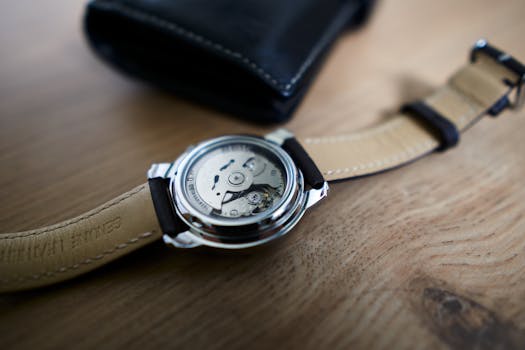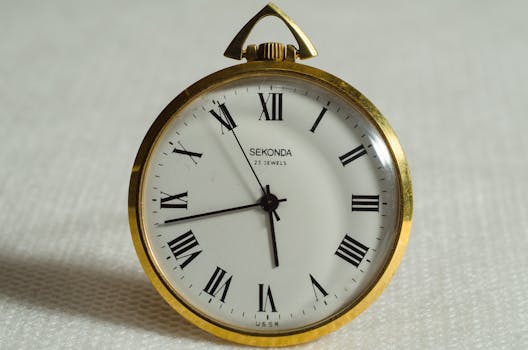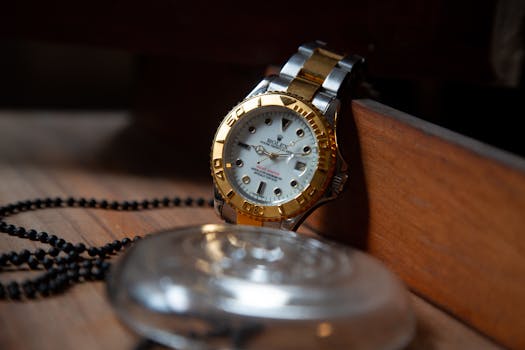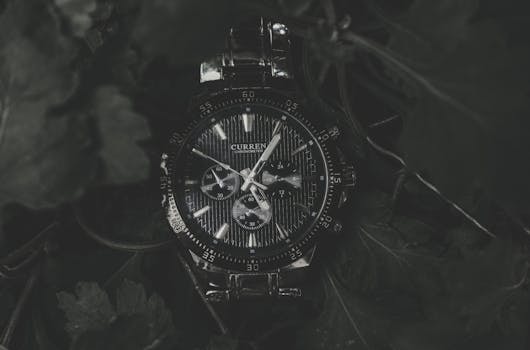
The Evolution of Wristwatches: A Journey Through the Decades
Takeaways: This article explores the fascinating evolution of wristwatches from the 19th century to today. You’ll learn about the technological advancements, design trends, and cultural influences that have shaped wristwatches through the decades. From practical tools to fashion statements, wristwatches have a rich history that reflects changes in society, technology, and style.
Wristwatches have become more than just timekeeping devices; they are symbols of status, craftsmanship, and personal style. The evolution of wristwatches through the decades showcases a remarkable transformation influenced by technological advancements, fashion trends, and cultural shifts. In this article, we will explore the history of wristwatches, decade by decade, highlighting key developments and iconic designs.
19th Century: The Birth of the Wristwatch

It wasn’t until the late 1800s and early 1900s that wristwatches gained popularity among men, particularly during the Second Boer War when soldiers found them more practical than pocket watches. The design of wristwatches advanced, incorporating more robust movements and innovative features.
1920s: The Rise of the Modern Wristwatch

Brands like Longines and Rolex emerged as leaders in the wristwatch market, introducing models that became icons of the time. The Art Deco movement influenced watch design, leading to geometric shapes and bold colors. The introduction of waterproof watches and the use of stainless steel materials further revolutionized wristwatch design. During this decade, wristwatches began to be seen as fashionable accessories rather than mere time-telling devices.
1950s: Watches Go Underwater

Moreover, the role of wristwatches in popular culture surged, with celebrities and film stars donning stylish timepieces that influenced trends. The 1950s also saw the introduction of watches with rotating bezels and luminous dials, catering to the needs of divers and sports enthusiasts.
1970s: The Quartz Revolution

During this decade, digital watches became popular, featuring LED displays and various functions, including calculators and alarms. The design of watches also diversified, with bold colors and unconventional shapes reflecting the cultural movements of the time. However, the crisis also prompted established Swiss brands to innovate and adapt, leading to the revival of mechanical watches in the following decades.
2000s: The Return of Mechanical Watches

The rise of smartwatches in the late 2010s presented a new challenge for traditional wristwatches, but many brands embraced the technology, creating hybrid models that combined classic design with modern functionality. This blending of old and new has ensured that wristwatches remain relevant in a rapidly changing world.
Today: The Future of Wristwatches

As we look to the future, wristwatches will undoubtedly continue to adapt to the changing landscape of technology and fashion, proving that they are not just tools for telling time, but timeless pieces of art that reflect our society’s ever-evolving values and aesthetics.






